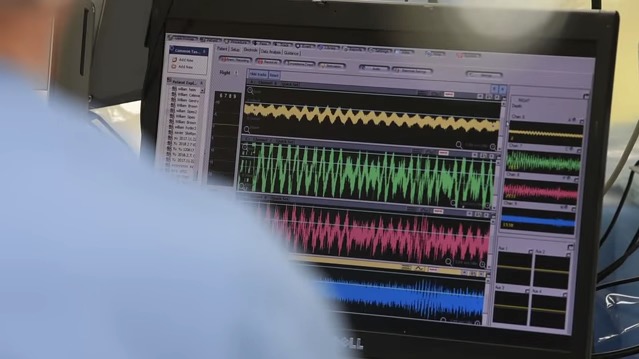The Trending Movement Disorder Videos Channel
A new study from the Radiological Society of North America reveals that changes in the visual system of patients diagnosed with Parkinson’s disease may provide important biomarkers for early detection and monitoring of the condition. Non-motor symptoms, such as visual acuity and color vision deficiency, can now be identified in the initial stages, up to a decade earlier than full onset of the disease. The visual system can show abnormalities and changes in the gray and white matter of the brain in newly diagnosed patients. This information may lead to better awareness of non-motor symptoms as indicators for the onset of Parkinson’s disease.
References:
1. Radiological Society of North America. Visual system changes that may signal Parkinson’s disease. ScienceDaily website. Published July 11, 2017. https://www.sciencedaily.com/releases/2017/07/170711085517.htm. Accessed July 15, 2017.
2. Arrigo A, Calamuneri A, Milardi D, et al. Visual System Involvement in Patients with Newly Diagnosed Parkinson Disease. Radiology. 2017;161732. doi: 10.1148/radiol.2017161732. [Epub ahead of print] http://pubs.rsna.org/doi/pdf/10.1148/radiol.2017161732
3. Chaudhuri KR, Schapira AH. Non-motor symptoms of Parkinson’s disease: dopaminergic pathophysiology and treatment. Lancet Neurol. 2009;8(5):464–474. http://www.thelancet.com/journals/laneur/article/PIIS1474-4422(09)70068-7/fulltext









